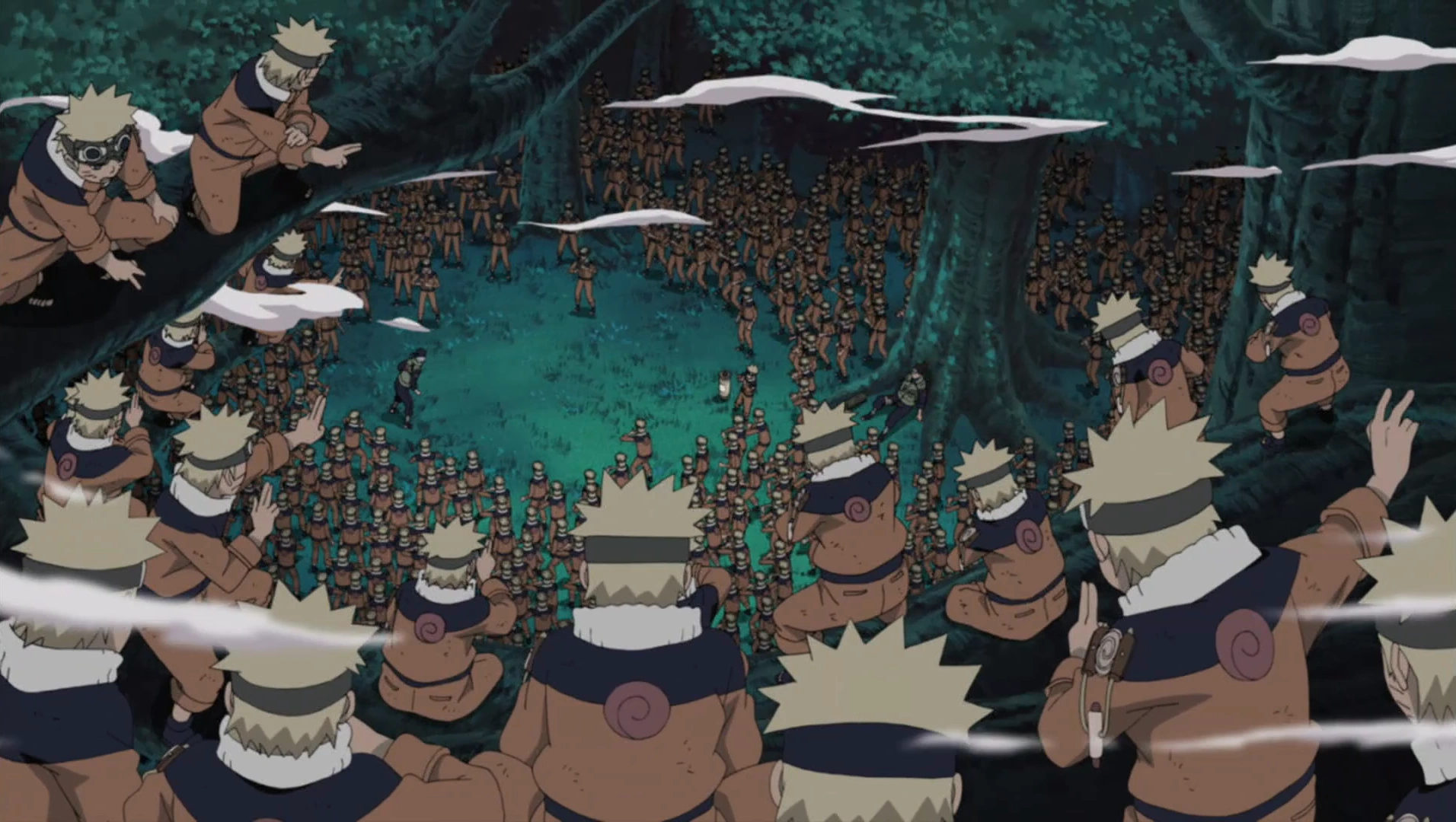Unit 6 Study Guide- Bio
1/47
There's no tags or description
Looks like no tags are added yet.
Name | Mastery | Learn | Test | Matching | Spaced |
|---|
No study sessions yet.
48 Terms
G1 phase of interphase
The cell grows, performs normal functions, and prepares for DNA replication.
S phase of interphase
DNA is replicated, resulting in two identical copies of each chromosome.
G2 phase of interphase
The cell continues to grow and prepares for mitosis by producing necessary proteins.
G0 phase
A resting phase where the cell is not dividing or preparing to divide.
Mitosis
The division of the cell's nucleus into two identical nuclei.

Prophase
Chromatin condenses into chromosomes, and spindle fibers begin to form.
Metaphase
Chromosomes align at the cell’s equator, attached to spindle fibers.
Anaphase
Sister chromatids are pulled apart to opposite poles of the cell.
Telophase
Nuclear envelopes re-form around chromosomes at each pole.
Cytokinesis
The cytoplasm divides, resulting in two separate daughter cells.
Chromosomes
Condensed, visible structures of DNA during cell division.
Chromatin
The uncoiled form of DNA.
Sister chromatids
Identical copies of a chromosome connected at a centromere.
Centromere
Connects sister chromatids.
Centrioles
Organize spindle fibers during mitosis.
Spindle fibers
Protein structures that help separate chromosomes during mitosis.
Cell division
To create two genetically identical daughter cells for growth or repair.
Differentiation
The process by which cells become specialized in structure and function.
Apoptosis
Programmed cell death that removes damaged or unnecessary cells.
Cell cycle checkpoints
Monitor the cell cycle and prevent progression if errors are found.
G1 checkpoint
Checks for cell size, nutrients, growth signals, and DNA integrity.
S checkpoint
Checks DNA replication accuracy and repair of replication errors.
G2 checkpoint
Checks for DNA damage, replication completion, and cell readiness for mitosis.
M checkpoint
Ensures all chromosomes are properly attached to the spindle before separation.
Kinases
Enzymes that activate or deactivate other proteins by phosphorylation.
Proto-oncogenes
Normal genes that promote cell division; can become cancer-causing when mutated.
Oncogenes
Mutated proto-oncogenes that promote uncontrolled cell division.
Tumor suppressor genes
Genes that slow the cell cycle or cause apoptosis; prevent tumor formation.
Mutated alleles in oncogenes
1 mutated copy needed (dominant).
Mutated alleles in tumor suppressor genes
2 mutated copies needed (recessive).
Gain of function
Oncogenes indicate gain of function.
Loss of function
Tumor suppressor genes indicate loss of function.
Effect of mutations on cell cycle rate
Oncogene mutations speed it up; tumor suppressor mutations remove brakes.
Predicted effect of mutations in proto-oncogenes and tumor suppressors
Mutations may lead to excessive division or prevent stopping the cycle, leading to cancer.
Prophase
Chromatin condenses into chromosomes. Spindle fibers form. Nuclear envelope breaks down.
Prep for division — “P” for Prophase = “Prep”
Metaphase
Chromosomes align at the cell's equator, and spindle fibers attach to centromeres, ensuring proper separation during division.
Middle — “M” for Metaphase = “Middle
Anaphase
Sister chromatids are pulled apart to opposite poles of the cell, ensuring each new cell will receive an identical set of chromosomes.
Memory hook: Apart — “A” for Anaphase = “Apart”
Telophase
Nuclear envelopes re-form, chromosomes uncoil back to chromatin, spindle breaks down.
Memory hook: Two nuclei form — “T” for Telophase = “Two”
Cytokinesis
Cytoplasm splits, forming two daughter cells.
Cut — “Cyto” = cell, “kinesis” = movement = cells get “cut” apart.
Please Make A Taco — Cook it!
(P = Prophase, M = Metaphase, A = Anaphase, T = Telophase)
Add "Cook it!" at the end to remember Cytokinesis.
What happens if the G1 checkpoint is removed?
Damaged cells can enter the S phase and replicate faulty DNA, increasing mutation risk and cancer potential.
What happens if a proto-oncogene becomes an oncogene?
It becomes permanently active, causing uncontrolled cell division and possible tumor growth.
What’s the effect of a tumor suppressor gene mutation (e.g., p53)?
The cell loses its “brake,” avoiding apoptosis and continuing to divide with damage.
What happens if spindle fibers don’t form?
Chromosomes cannot separate properly, leading to aneuploidy or failed cell division.
What happens if the G2 checkpoint fails?
Cells may enter mitosis with unreplicated or damaged DNA, leading to defective daughter cells.
What’s the result of mutated S checkpoint?
DNA replication errors are not detected or fixed, resulting in inherited mutations.
What if cytokinesis doesn’t happen?
The nucleus divides but the cytoplasm doesn’t, leading to multinucleated cells.
How does an M checkpoint failure affect the cell?
Chromosomes may not align or separate correctly, increasing genetic instability.